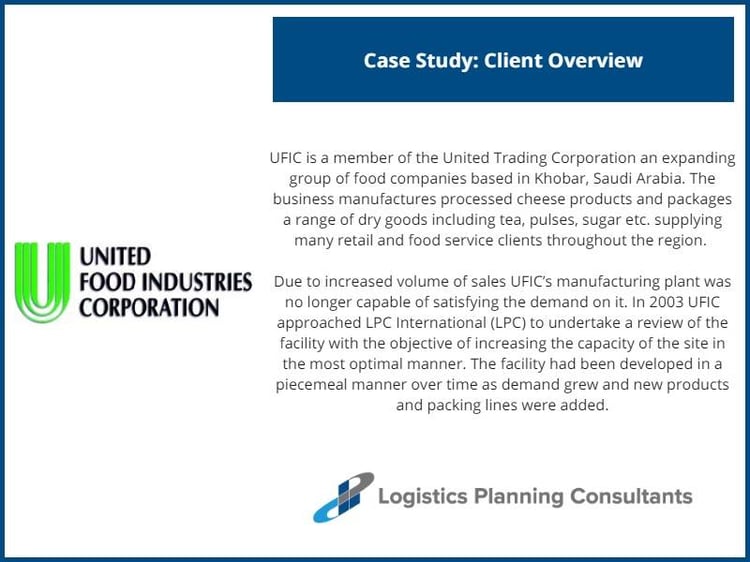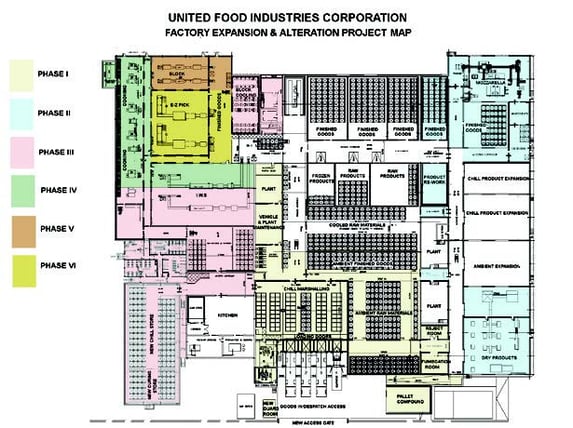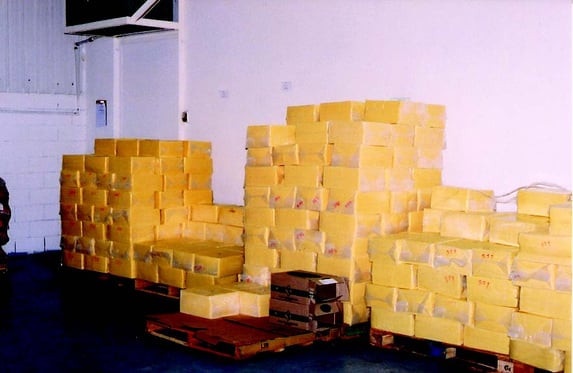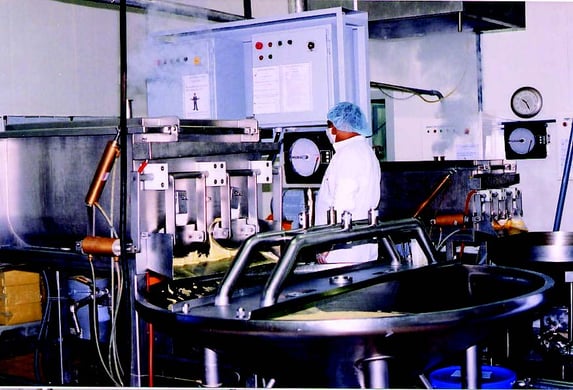
LPC’s approach was to concentrate on the operation, determine the requirements and objectives, optimise the solution and then consider how the building envelope can be altered or extended to accommodate the operation.
LPC started the project with the mapping of the processes, material flows and identifying the requirements at each stage in both production and packing. All of the processes employed were reviewed in terms of function, resource and space requirements. The material flows were sized by unit load moved and overall cube. The existing volumes and throughputs were then uplifted to take account of anticipated growth and future demands over the design horizon which the client had identified. The optimal material flows were then calculated and plotted to minimise movement and handling.

The next step was a space planning exercise to map the requirements over the existing footprint taking into account Production and Packing lines, Storage areas for raw materials, packaging, work in progress, and finished goods, Receiving and Despatch areas. This exercise identified the shortfalls in space, the challenges with routes and the constraints within the existing facility that would need to be addressed to deliver the process flows. From this the physical changes required to the facility were determined.

The next stage after requirements having been determined and sized and the alterations and extensions identified was to draw up a Master Plan. This covered the whole facility setting out the building envelope that accommodated the operation. This allowed the architects to be appointed to work on the external building design, whilst LPC worked on the internals. This allowed the overall design process time to be reduced. LPC undertook the detailed design of all the functional areas, providing drawings and specifications for the building and equipment requirements.

Following the completion of the design phase, the client had all the information to procure the production, process and logistical equipment for the fit out of the facility. LPC were retained to provide assistance for the subsequent procurement, implementation and commissioning. Assistance was provided in determining suitable suppliers of specialist equipment, answering queries and assessing the tender responses on technical grounds including capability, quality and value for money of the equipment offered. LPC finished the project by providing support for the commissioning of the fitting out of the facility.


